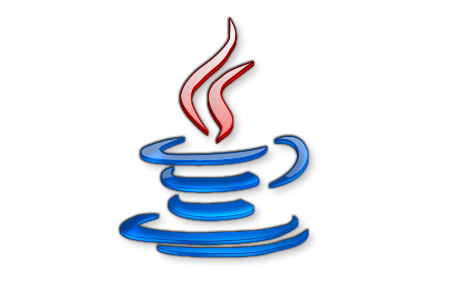
This article mainly introduces the relevant knowledge of .properties file reading and placeholder ${...} replacement source code analysis, which has a good reference value. Let’s take a look at it with the editor. Preface We often encounter a scenario in development. Some parameters in the Bean are relatively fixed. In this case, configuration is usually used to configure these parameters in the .properties file. Then when the Bean is instantiated, the parameters configured in these .properties files are read in and set to the corresponding parameters of the Bean by replacing the placeholder "${}" through Spring. The most typical example of this approach is JDBC configuration. This article will study the source code for reading .properties files and replacing placeholders "${}". First, start with the code, define a DataSource, and simulate the four parameters of JDBC: public class DataSource { /**
1. Introduction to the method of reading .properties and placeholder ${...} to replace the source code

Introduction: This article mainly introduces the relevant knowledge of .properties file reading and placeholder ${...} replacement source code analysis, which has a good reference value. Let’s take a look at it with the editor
2. Issues related to replacing the obtained URL in the source code
Introduction: The problem of replacing the obtained URL in the source code! $url = "http://www.baidu.com"; $newurl = "http://www.163.com"; $contents = file_get_contents($url); echo preg_replace('/href="
##3. Related issues with replacing the URL obtained in the source code
Introduction: The problem of replacing the obtained URL in the source code! $url = "http://www.baidu.com";$newurl = "http://www.163.com";$contents = file_get_contents($url) ;echo preg_replace('/href="(.+?
The above is the detailed content of Recommended articles about replacing source code. For more information, please follow other related articles on the PHP Chinese website!




